High Altitude Balloon
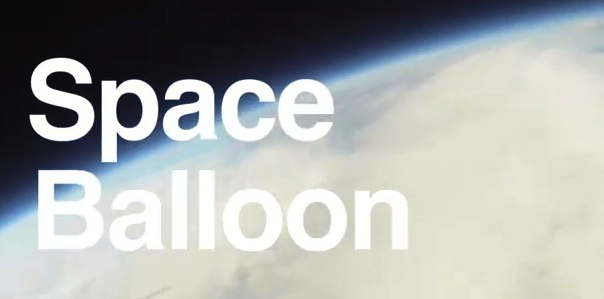
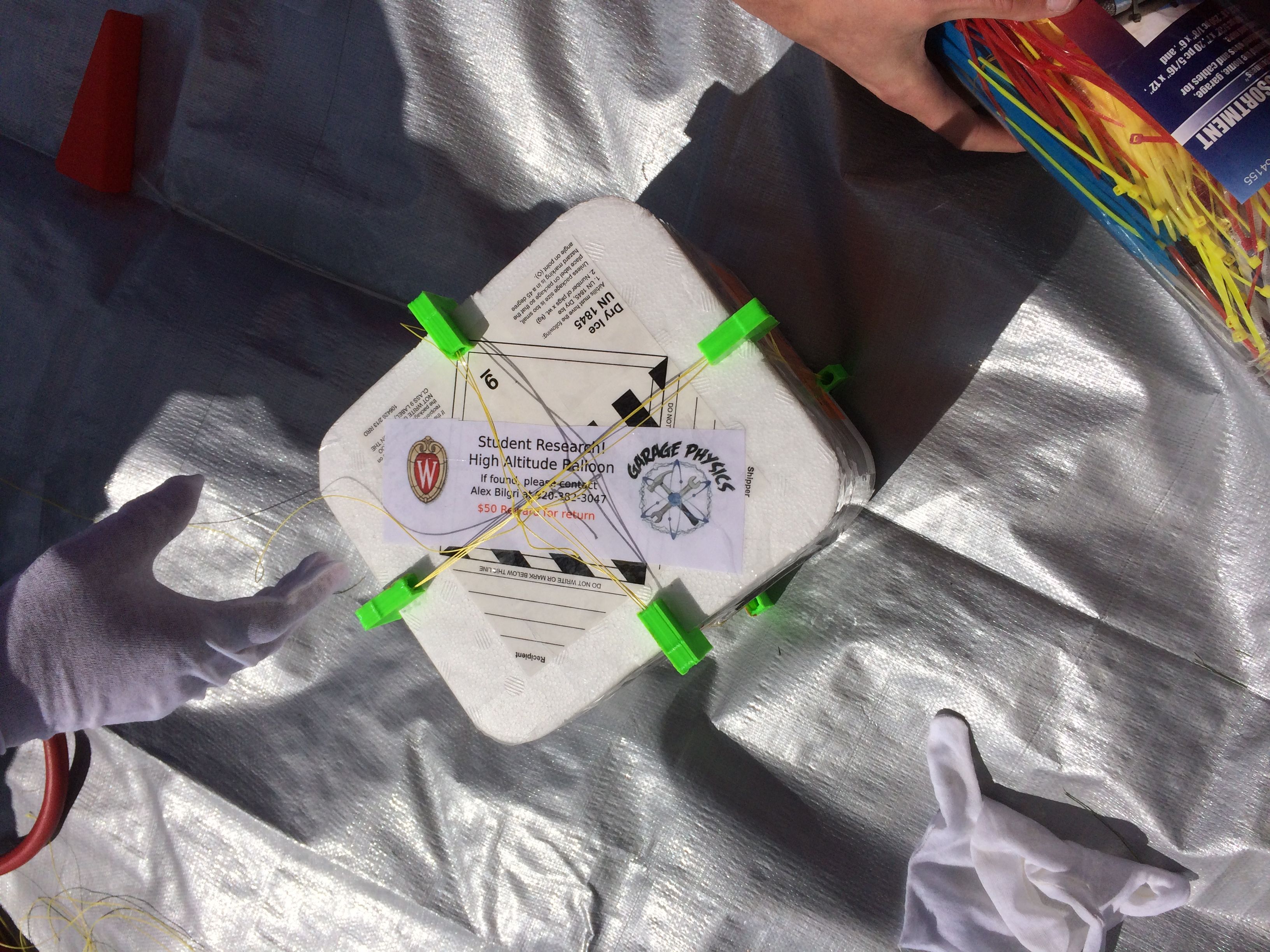
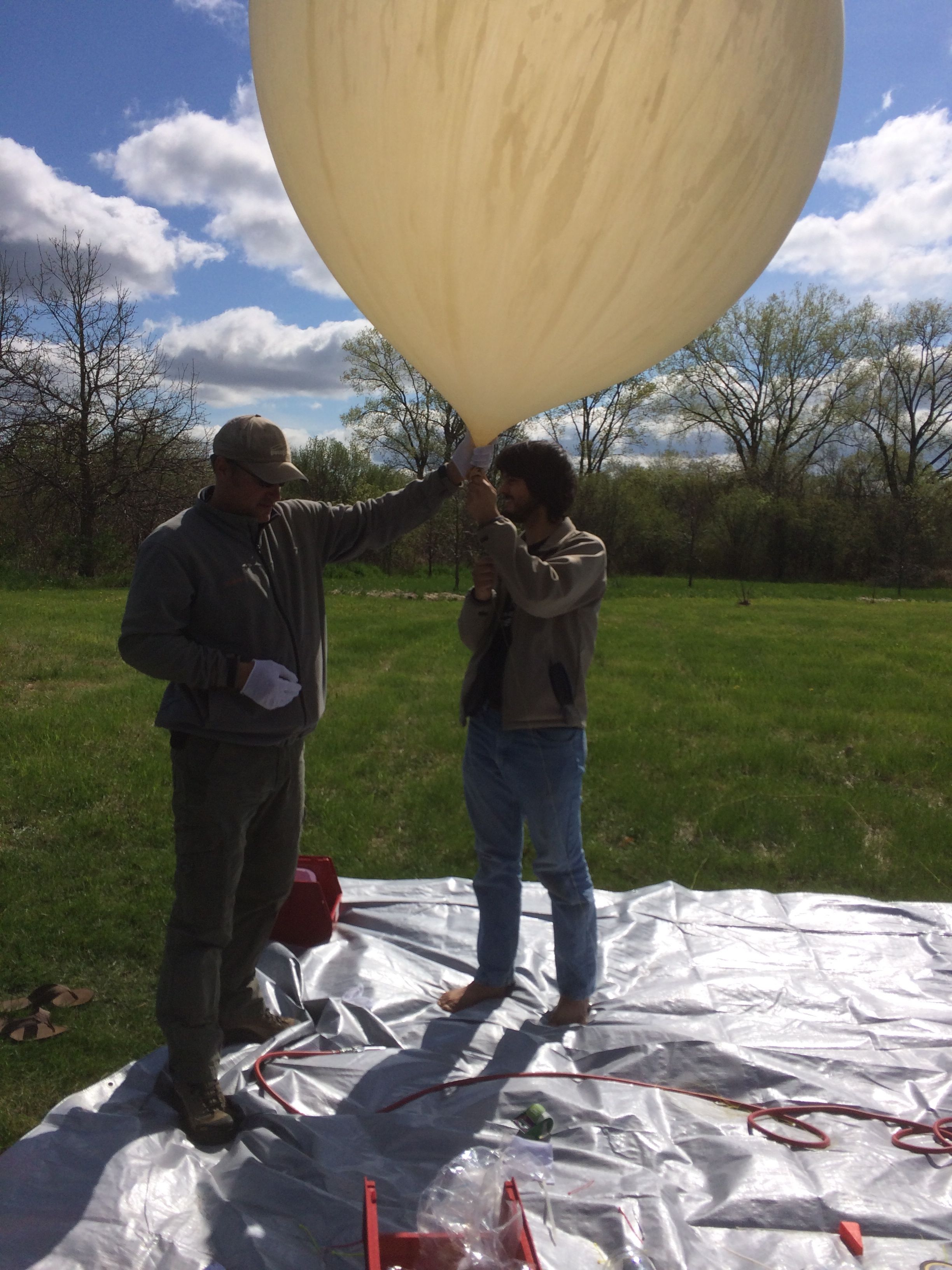
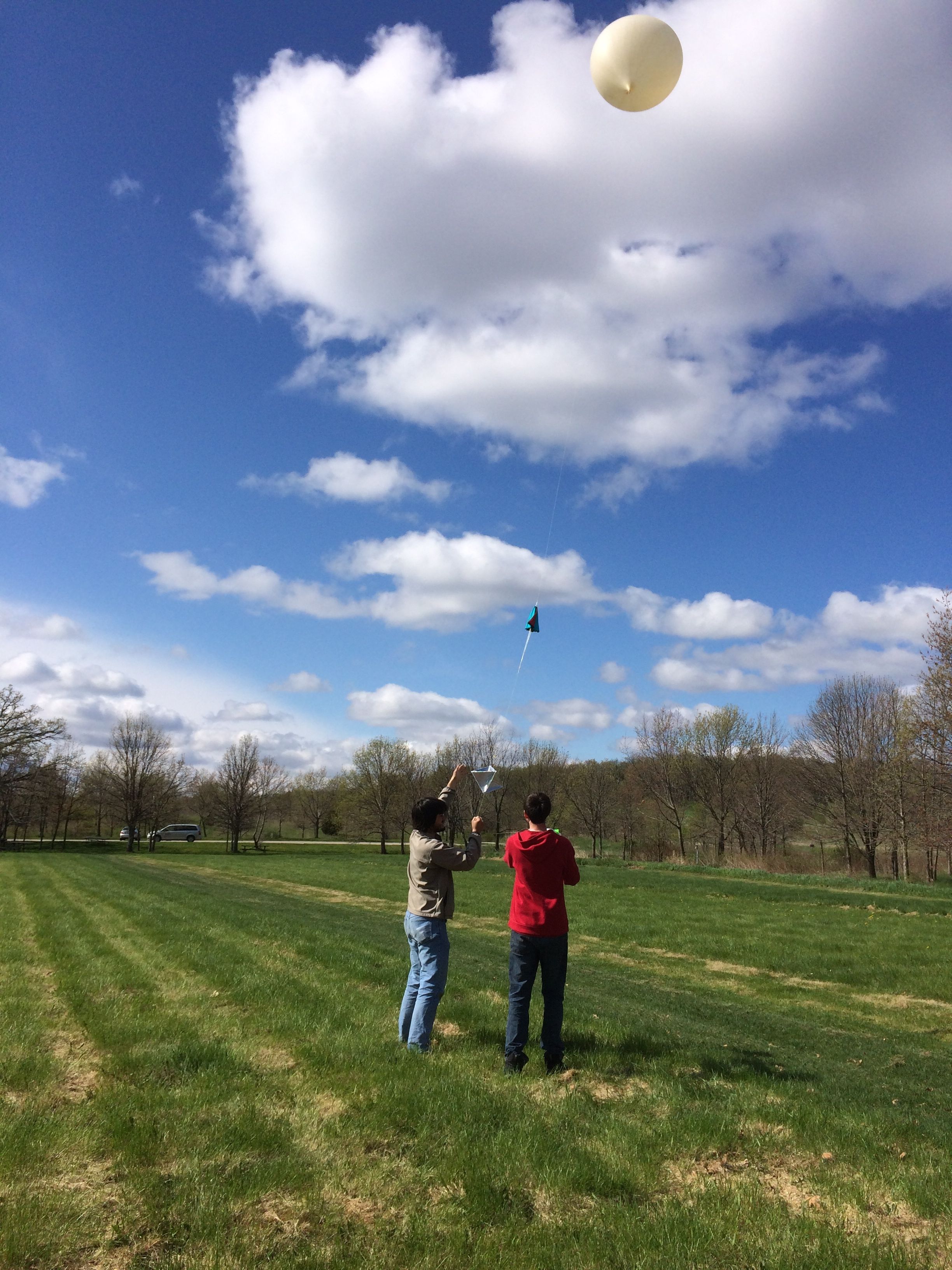
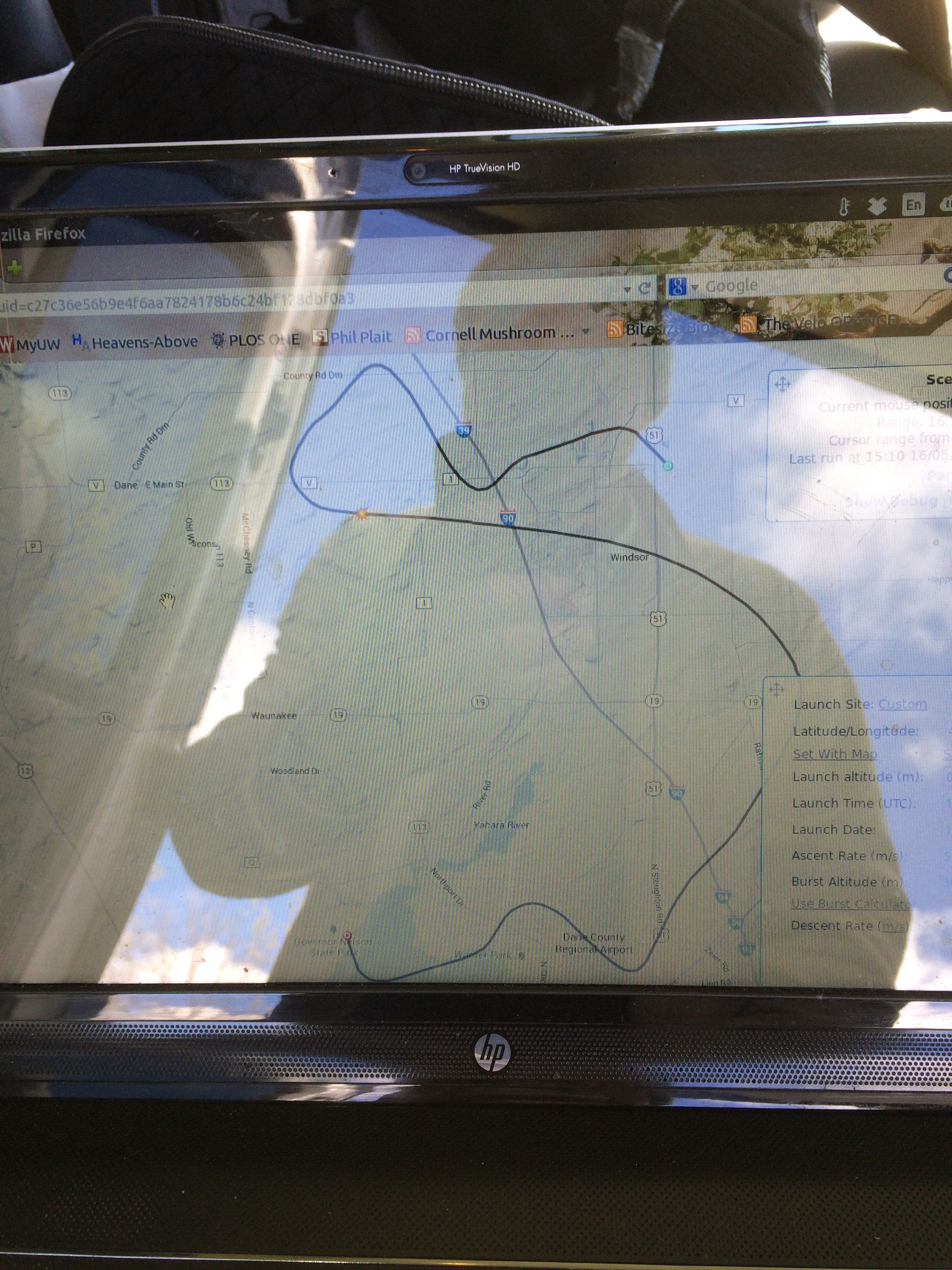
November 2014 Payload finally recovered!
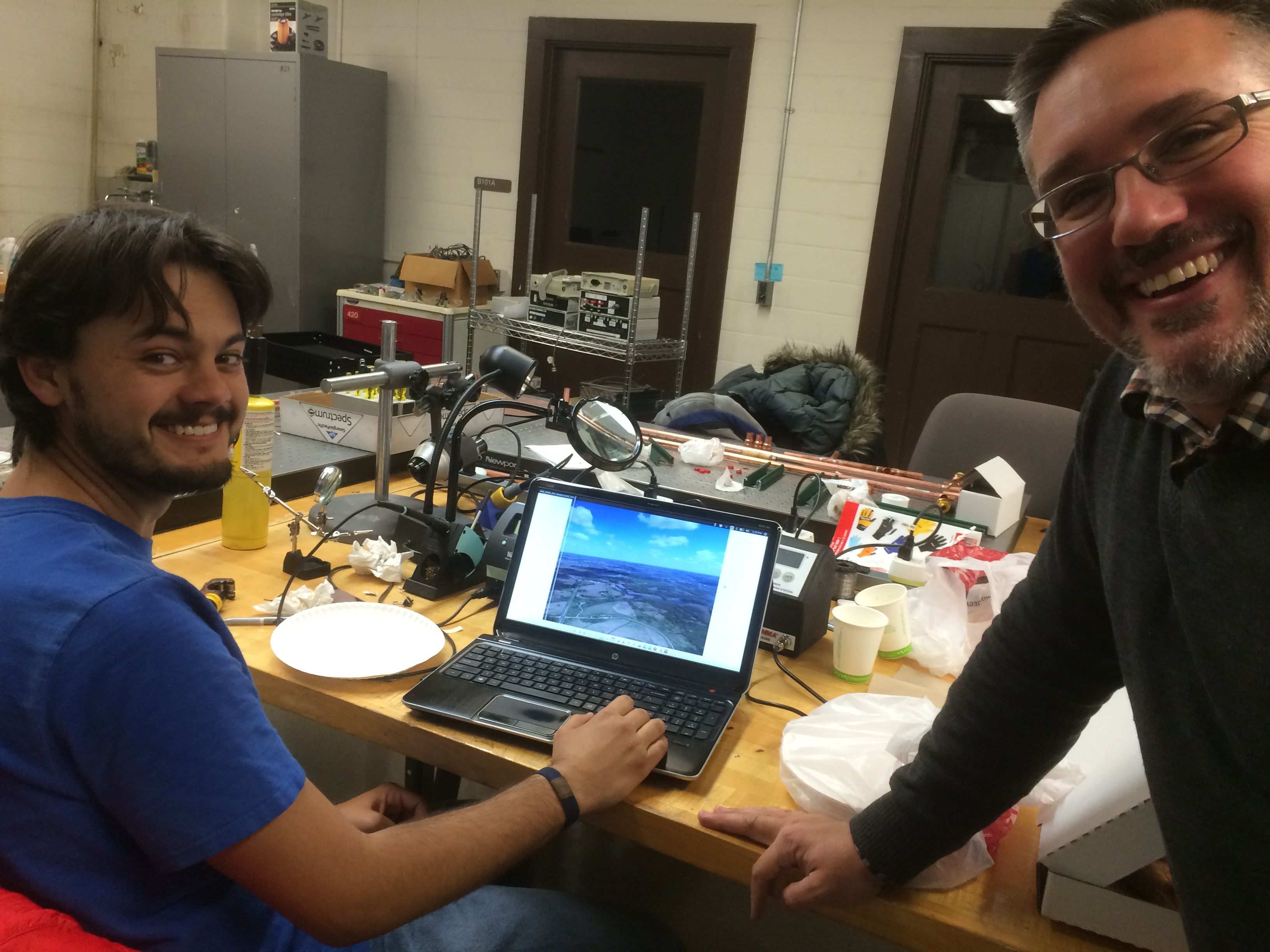
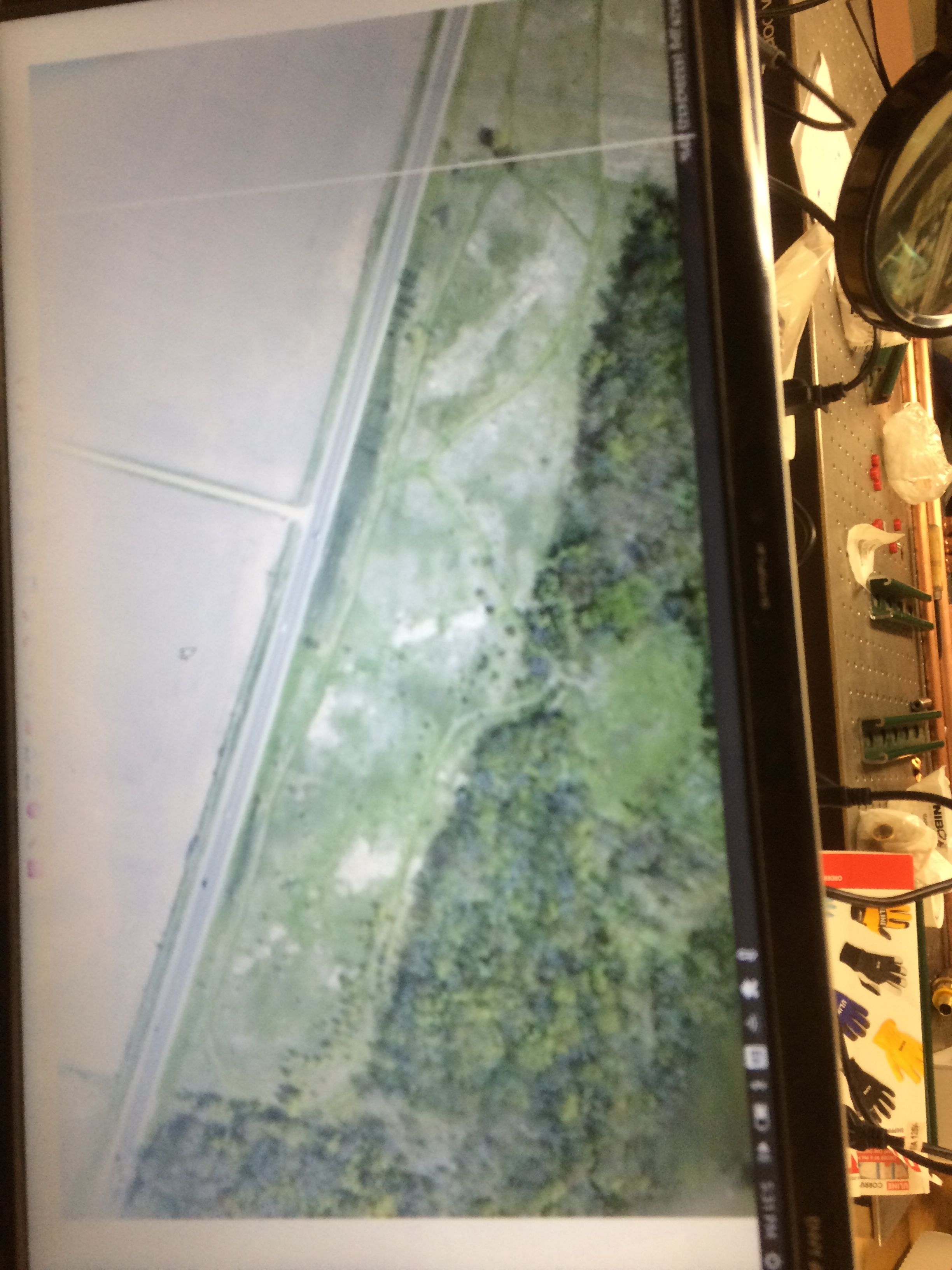
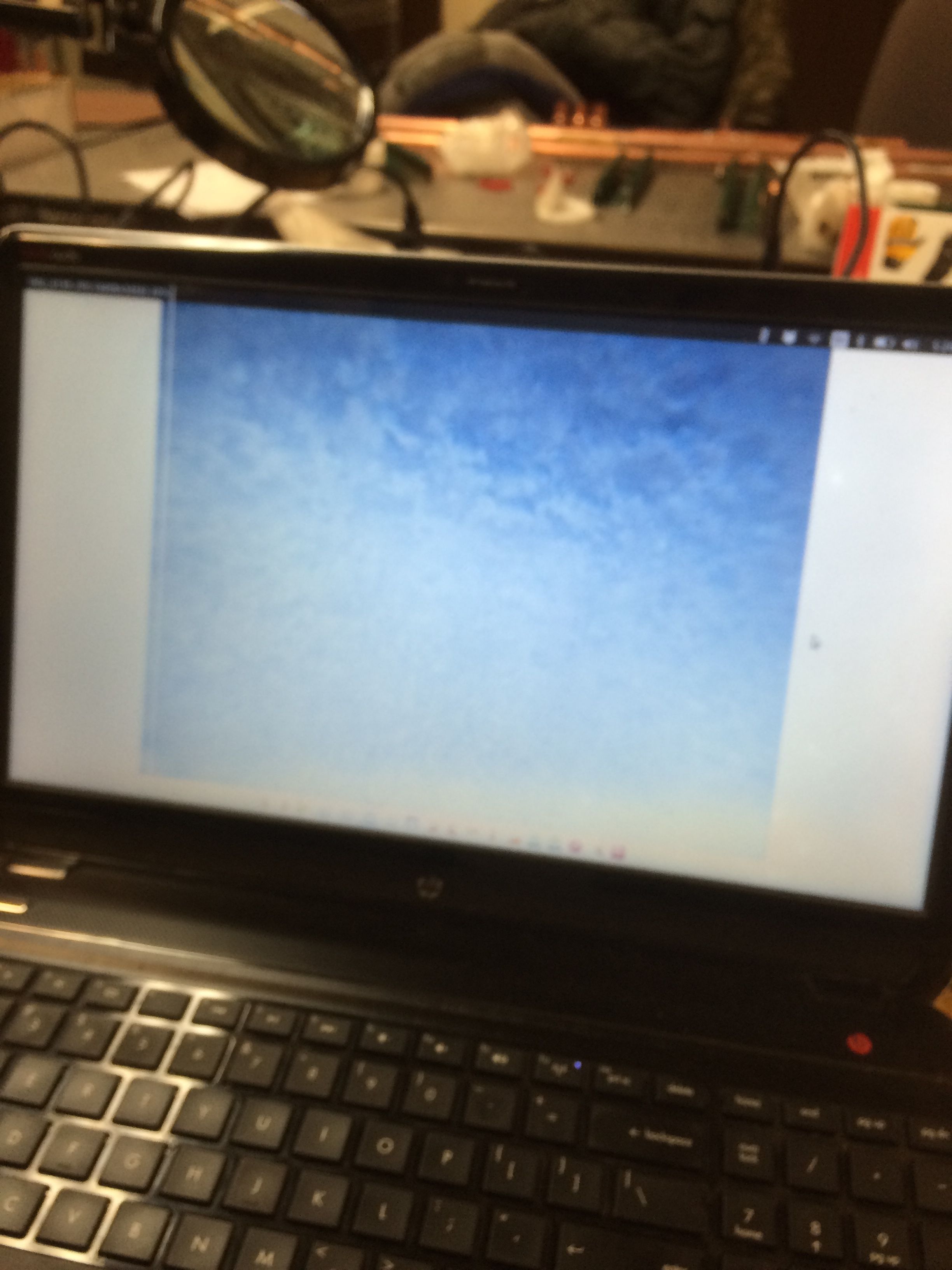
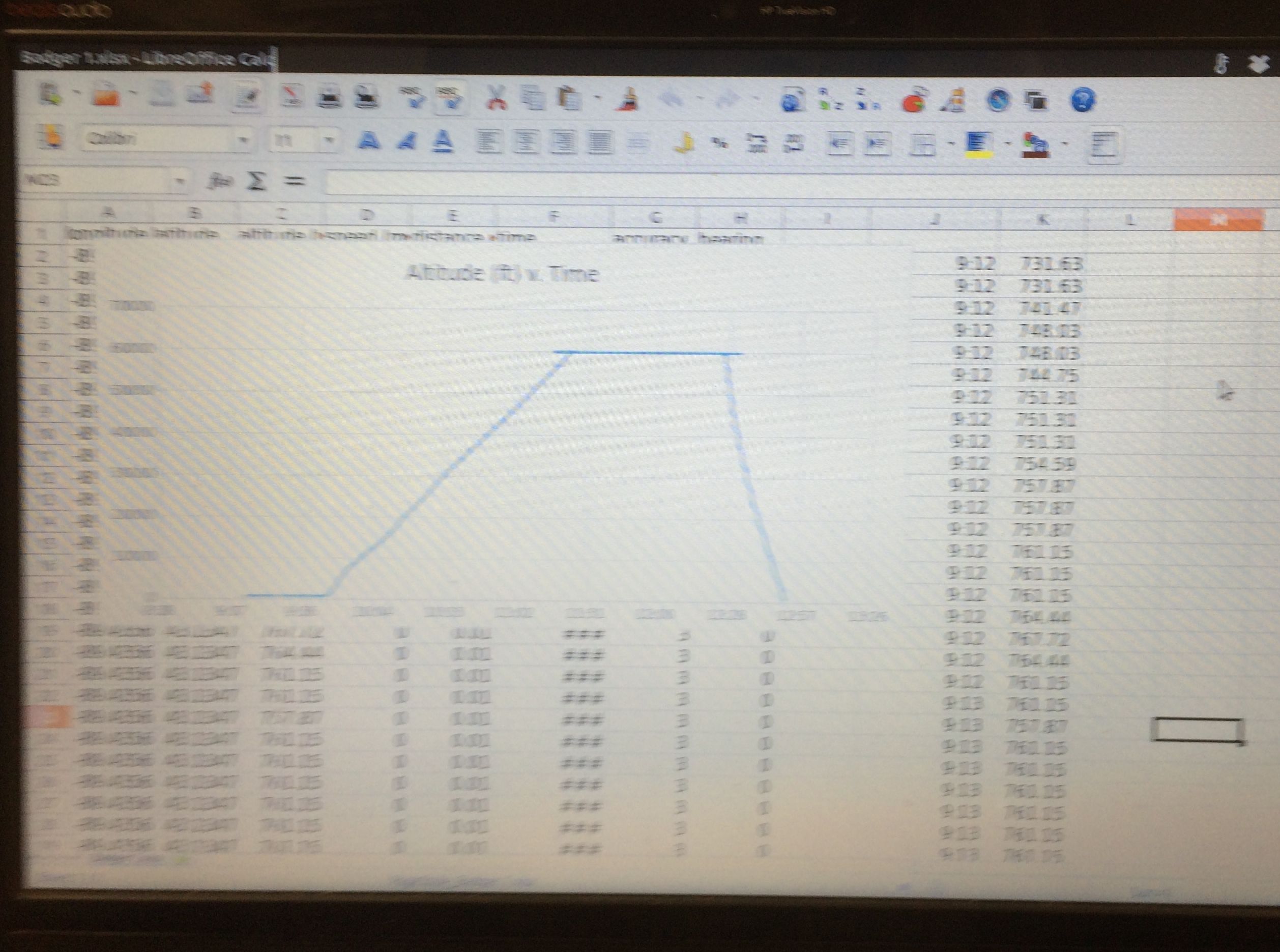
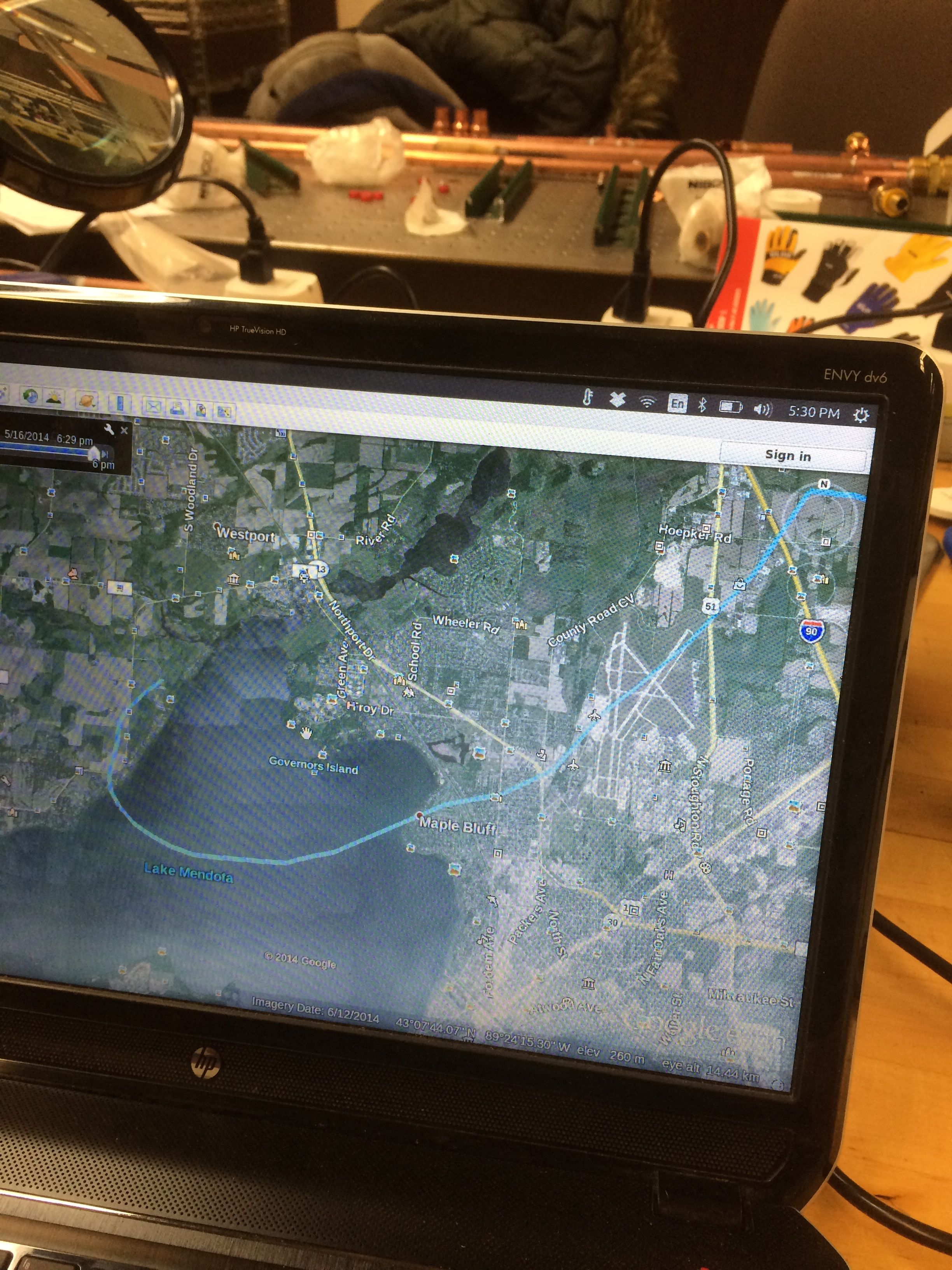

2015
Planning meeting to fly Justin Vanderbrouke's Android cosmic ray detector. Actually two phones with absorber between to track muons.
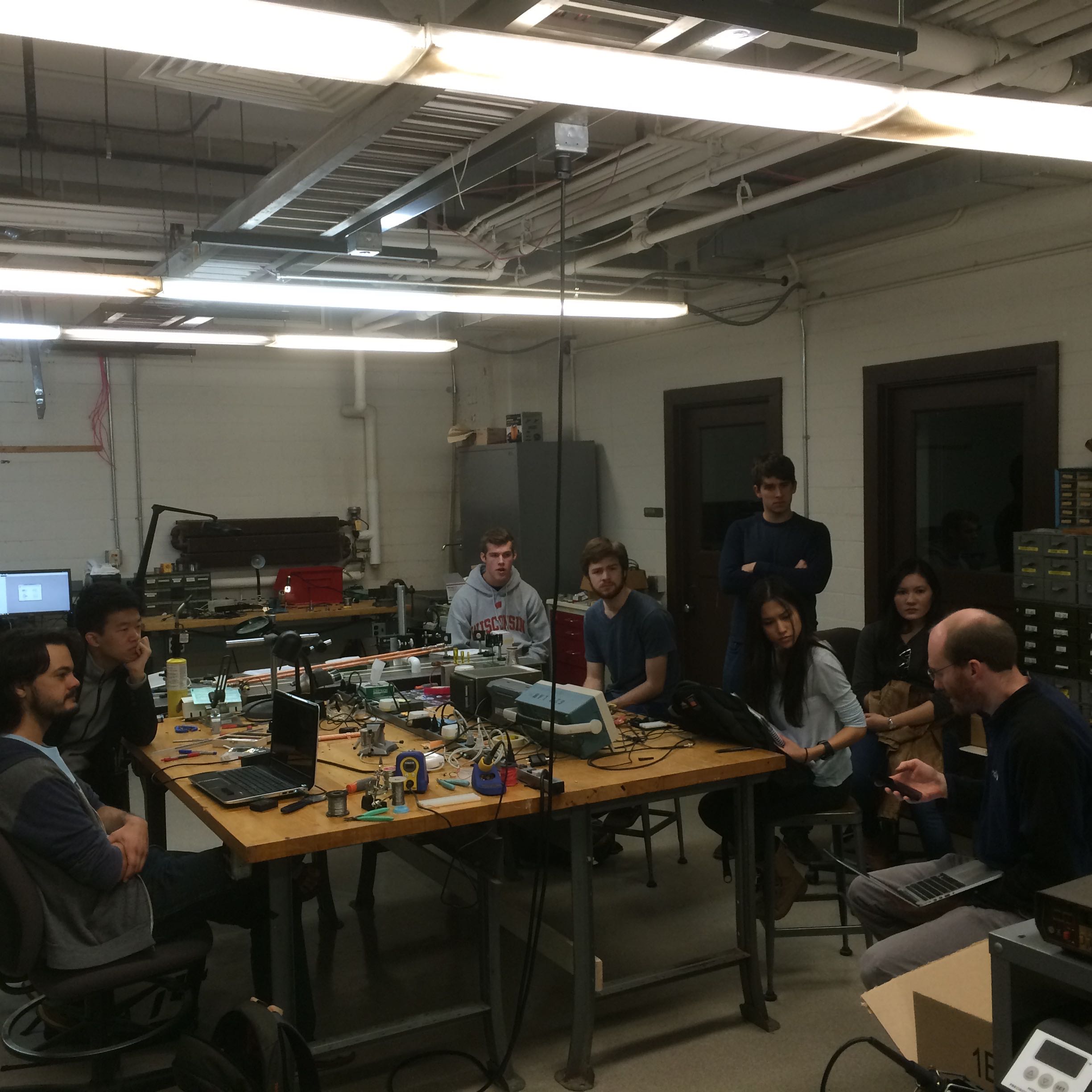
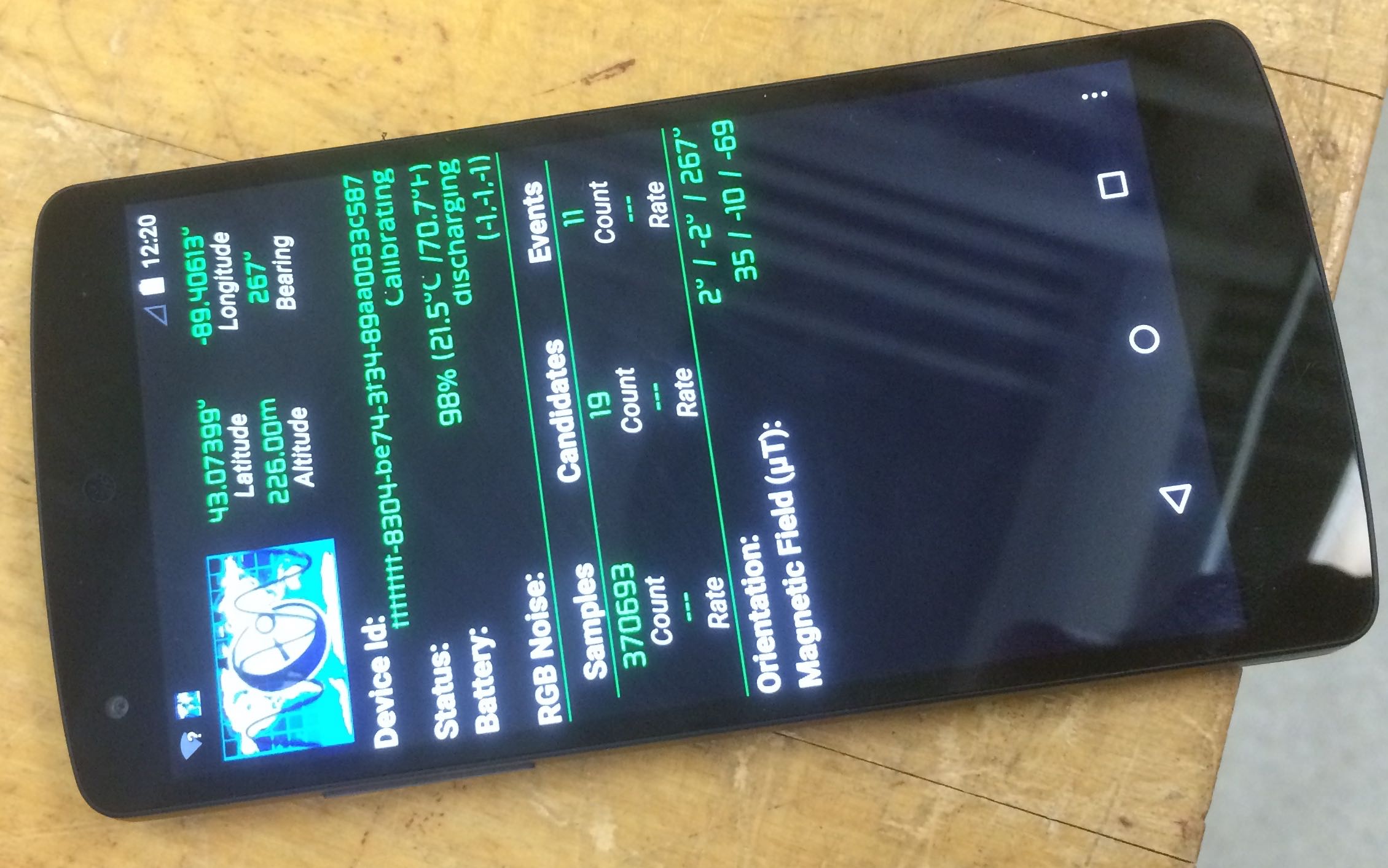

1 June 2015 Launch from Governor Nelson State park in Middleton, and recovery in Edgerton, running temperature logger, Android, external camera, and GPS logger.
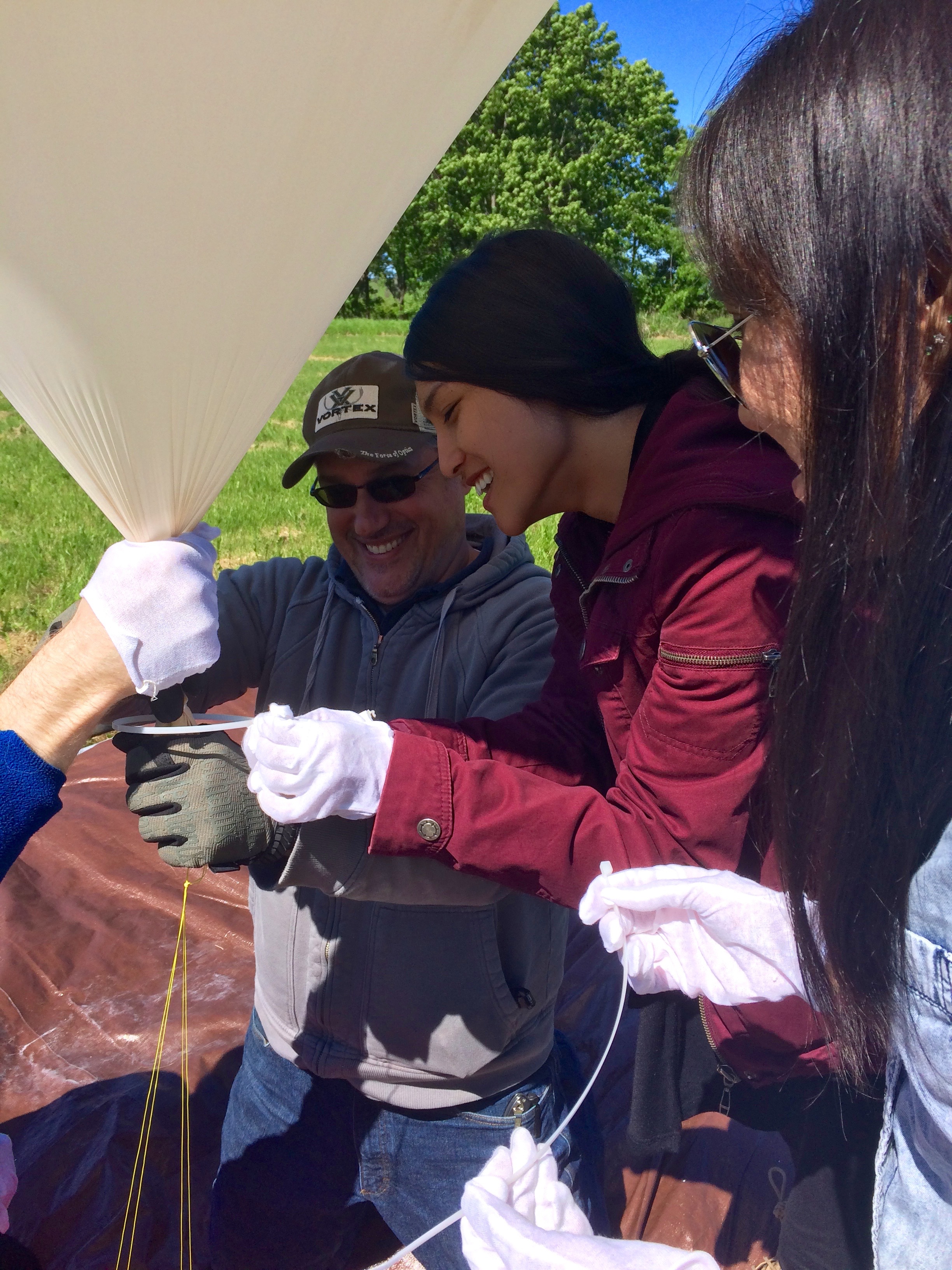
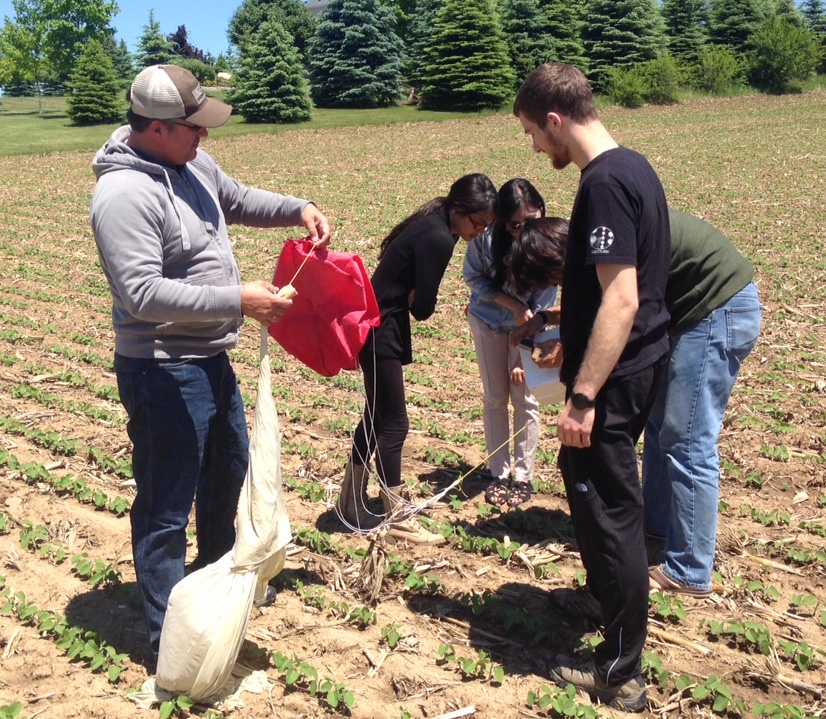
This project used a weather balloon on 16 May 2014 to send a payload of our design contaning a GPS transmitter and photosnapping cell phone to the edge of space - about 100k feet. Watch the launch: http://youtu.be/Lu-SKAhpXSM
The site Sparkfun has a pretty decent walkthrough that even prepares you for the distinct possibility of sending a grand worth of electronics aloft and never recovering it. Check out http://www.youtube.com/watch?v=wtXquYhY7wo. This has become rather a rage.
There are several facets to this project that could be broken down into smaller individual projects (this isn't comprehensive):
Balloon dynamics - capacity, predicted altitude, predicted flight path, controlled descent, etc.
Tracking and recovery - Currently looking at the TK-102 for tracking. It makes it easyt o track through SMS, but lacks altitude tracking.
Pretty pictures - Videos, telescopic images, or even live imaging using CHDK and a simple radio transmitter.
Data Logging - What other data would you like to see? Pressure, cosmic rays, or fungal/bacterial spore load might be interesting.
Future payloads can be developed to:
- Measure the gravitational constant, G
- Measure the time dilation due to general relativity, as a function of altitude.
Maybe you want to glide back from space? Check out FPV to Space and Back at http://rcexplorer.se/. You can just fly your (obsolete every year) iphone and use Find My Phone to recover it. See video above. BTW, there are bacteria up there, possibly to blame for the snow in Wisconsin. Maybe someone could bring back some air samples and some biologists could take a look, figure out how to alter the climate around here, in a good way, if that is imaginable. ![]() - Duncan
- Duncan
http://www.nature.com/news/high-flying-bacteria-spark-interest-in-possible-climate-effects-1.12310
http://ngm.nationalgeographic.com/2013/01/microbes/wolfe-text --- Related: Rocket contest http://www.rocketcontest.org/
Registration for TARC 2014 is now open! Are you up for the challenge of building a rocket that can safely carry two raw eggs to a precise altitude of 825 in a total flight time of 48-50 seconds? Check out the full rules for more details on this year’s challenge. The 2014 Application Packet is now posted on www.rocketcontest.org. If you have any questions about forming a team or filling out the packet please don’t hesitate to email me at anne.ward@aia-aerospace.org .
Want to work with other Wisconsin students on this or rockets? Check out http://www.uwgb.edu/WSGC/students/ssp.aspx
Here are the temperature-pressure data loggers we used in icecube - they work well in water which is how they are intended - not sure if they would work in air http://www.star-oddi.com/
And here is a paper with the cosmic ray rate vs. altitude plot http://www.sciencedirect.com/science/article/pii/S0168900215001412